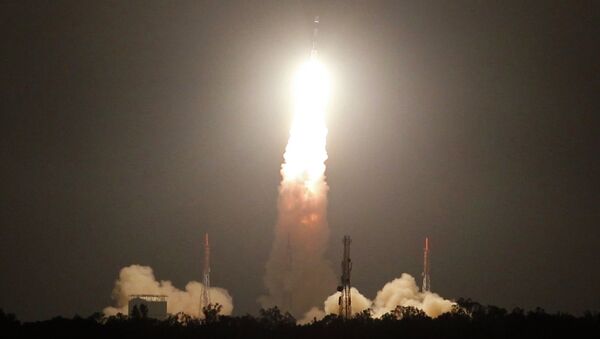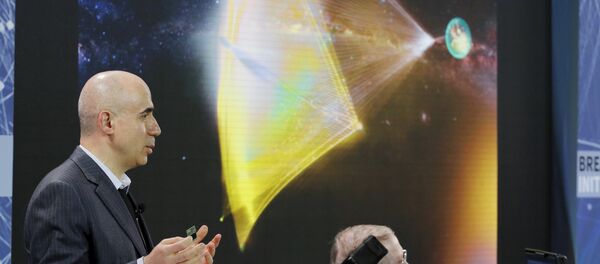If the experiment, which is likely to be carried by the end of this May, is successful, scientists are hopeful this could reduce the cost of space launches by up to $2,000 per kg – a significant achievement.
Speaking to Sputnik about the upcoming event, Dr K Sivan, director of ISRO’s Vikram Sarabhai Space Centre, said: “It is a small experiment we’re doing. This is nowhere near to a fully developed shuttle but only a step forward toward that. There are many many technologies required for that. What we’re trying is putting one such technology into the experimental stage.”
The sleek-winged body is in the final stages of the testing at the launch site of Sriharikota in the southern Indian state of Andhra Pradesh. The exact date for the testing has not been set as yet.
The idea of the experiment is to produce a winged reusable launch vehicle – the concept which has been abandoned by powerful players in the global space industry. Making the rockets reusable has remained a focus of the Indian scientists for quite some time now.
Once the Reusable Launch Vehicle – Technology Demonstrator (RLV-TD), fitted with delta wings, is launched in May, it will attempted to land using a runway in the Bay of Bengal. Though the vehicle is unlikely to be recovered this time, the experiment will determine whether the vehicle is capable of gliding on a runway.
“We still have a long way to go in terms of material development and others. This is just the first step,” insisted Sivan.




